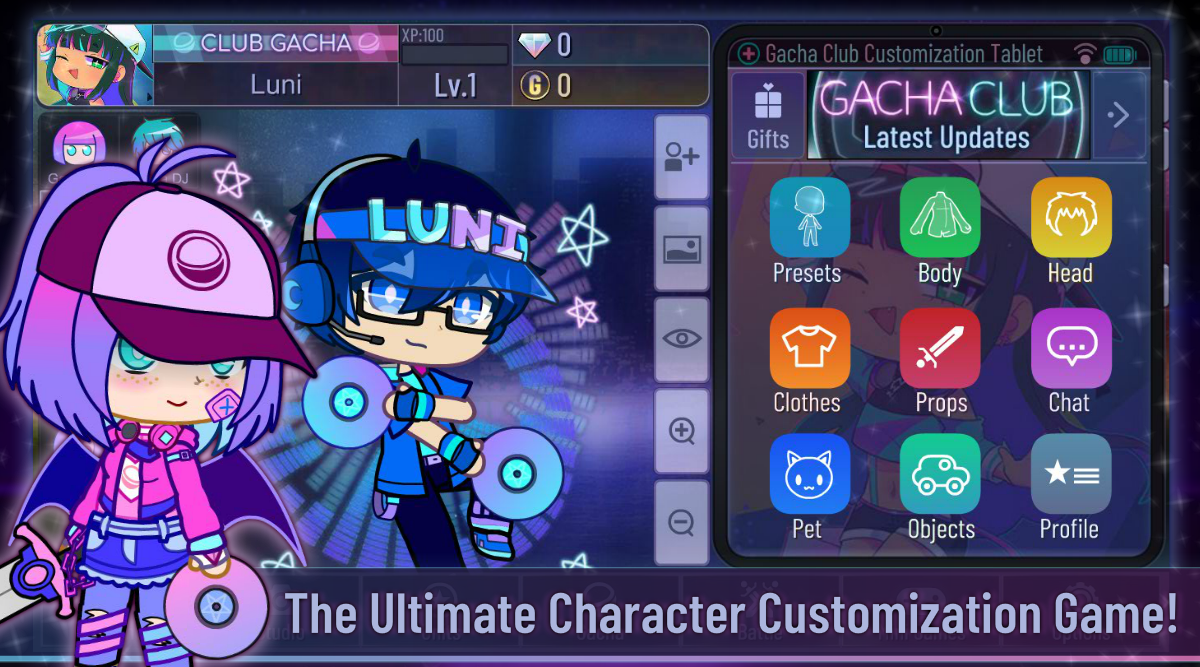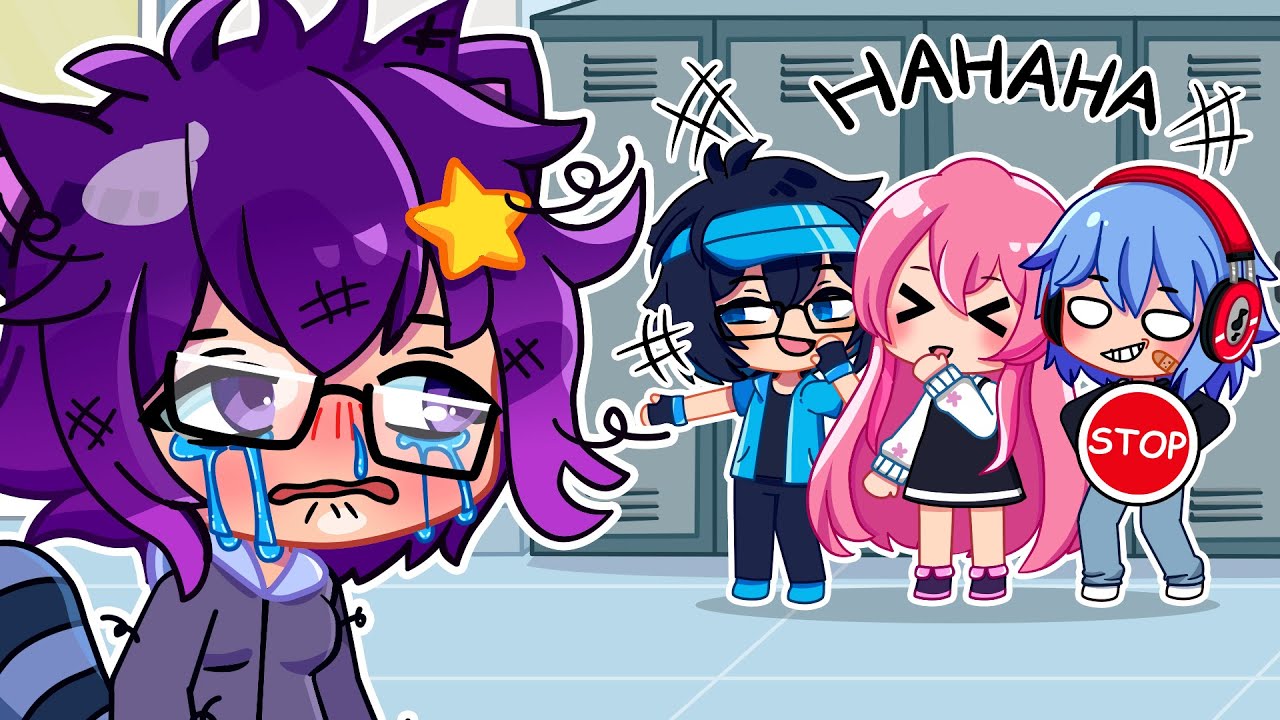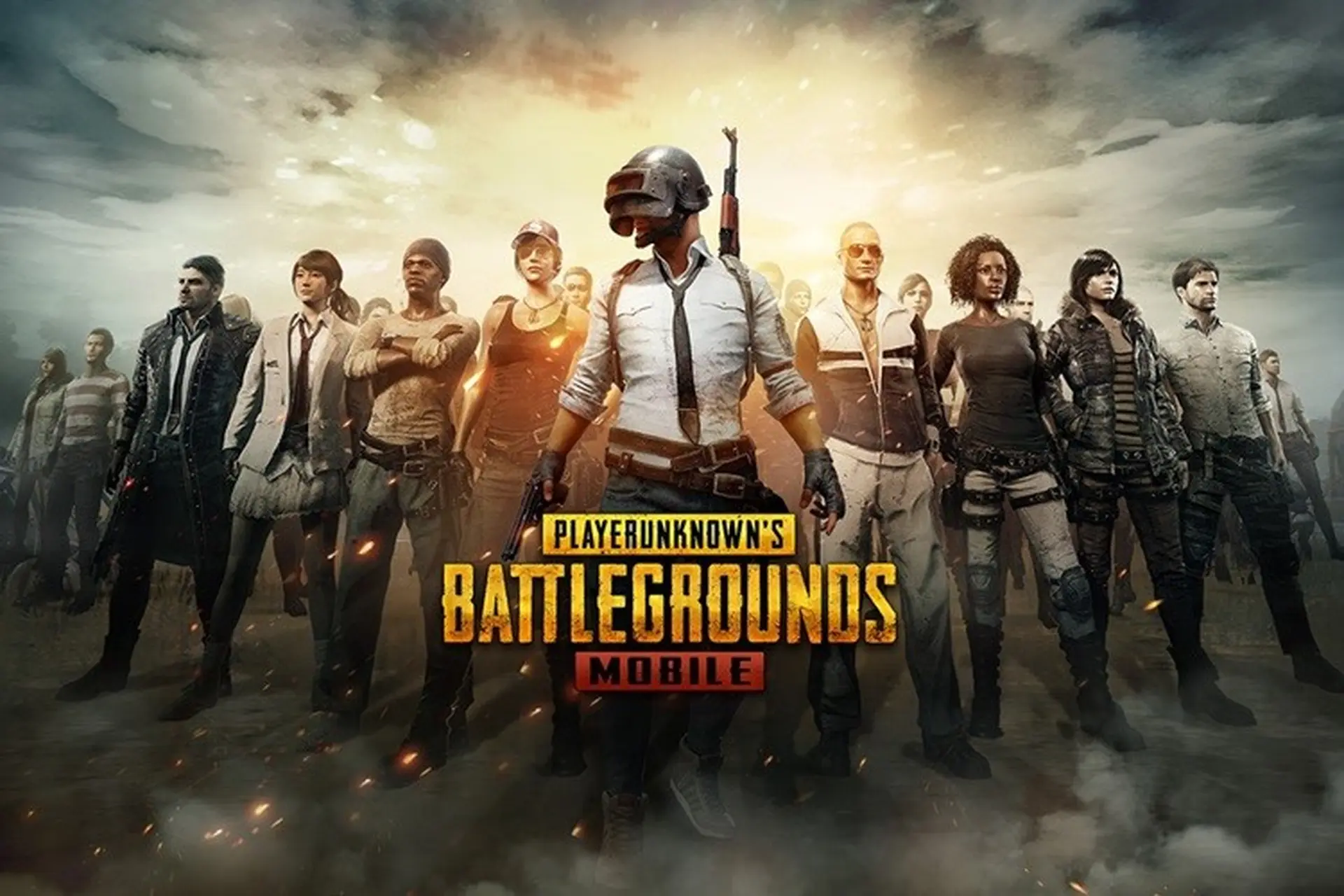Popular Now
Introduction
Gacha Club has built a massive global fanbase by enabling users to craft their own animated stories using customizable characters, presets, and visual scenes. Despite its strengths in visual storytelling, the game significantly lacks a core component that enhances immersion in other media formats: voice and audio integration.
For most creators, Gacha Club stories are silent. They rely solely on visuals and text to communicate emotion, tone, and meaning. This silence limits the emotional depth, pacing, and character individuality in storytelling. In this article, we will explore how the lack of voice support affects the user experience, why it matters for long-form content, and what potential solutions could evolve Gacha Club into a more immersive narrative tool.
1. The Role of Voice in Storytelling Media
Voice brings characters to life. Whether in animated shows, visual novels, or video games, character voices convey personality, emotion, and subtext that text alone often cannot capture. For example, a sarcastic line of dialogue can be misunderstood without tone, but the right voice delivery clears any ambiguity.
In Gacha Club, the absence of spoken dialogue means all emotions and intentions must be implied through visuals or explicitly written. This becomes increasingly difficult as narratives become more complex and character relationships deepen.

2. Relying Solely on On-Screen Text
Currently, Gacha Club creators must rely on text boxes and visual cues to deliver dialogue. While this is functional for basic stories, it presents major limitations:
-
The viewer must read everything, reducing flow.
-
Dialogue often feels flat or robotic.
-
It lacks the nuance of tone, volume, or delivery.
Long dialogues can also feel tiring for viewers, especially younger audiences who are more accustomed to video content with sound. Without voice, stories lose rhythm and emotional clarity.
3. Emotional Disconnect in Silent Scenes
One of the most critical downsides to voiceless storytelling is emotional disconnection. While visuals can show crying, laughing, or anger, they do not convey:
-
The tremble in a scared voice
-
The joy in a surprised squeal
-
The hesitation in a quiet whisper
This leads to scenes feeling emotionally muted. Serious, romantic, or dramatic moments often fail to land as powerfully as they would with sound. The silence dulls the highs and lows of a narrative arc.
4. The Burden of Subtitling and Text Timing
In the absence of voice acting, creators must manually type, time, and position every line of dialogue. This requires:
-
Careful editing to avoid covering characters’ faces
-
Scene pacing to allow viewers enough time to read
-
Guessing how fast different viewers read
These constraints place a heavy burden on creators, especially beginners. It’s not uncommon for viewers to miss text due to fast timing or overlapping lines, which disrupts the flow of the story.
5. Viewer Engagement and Retention Problems
One unintended side effect of silent content is reduced engagement and watch time, especially on platforms like YouTube or TikTok. Voiceover adds variety, makes characters feel alive, and keeps viewers interested.
Without voice, many Gacha videos:
-
Rely heavily on music to set tone
-
Feel repetitive after multiple episodes
-
Lose viewers during long dialogue sequences
This problem worsens in multi-part series where exposition-heavy storytelling becomes necessary. Without sound, audiences may drop off before the plot can fully develop.

6. Community Workarounds Using Voiceovers
To overcome this limitation, some dedicated creators record manual voiceovers using their own voices or friends’. This improves immersion dramatically, but comes with challenges:
-
Requires microphones and sound editing software
-
Demands acting skills and coordination
-
Increases production time significantly
Only a small percentage of GachaTubers include voice acting in their videos because of these difficulties. As a result, most stories remain silent by default.
Others use text-to-speech software to simulate voices. While more accessible, these still sound robotic and fail to express emotional depth accurately. It’s a trade-off between effort and authenticity.
7. Limitations in Character Personality Development
One of the joys of storytelling is creating unique characters. Voice is a key tool in differentiating personalities. A shy character might speak softly, while an energetic one talks fast and loud. Without voice, all characters sound the same—they’re just fonts on a screen.
This sameness limits how deeply audiences can connect with characters. Even with unique designs and expressions, viewers struggle to imagine how the character “feels” or “sounds.”
Text-based storytelling also means writers must describe tone and delivery explicitly, which breaks immersion and clutters dialogue boxes:
-
“(angrily) I told you not to go there!”
-
“(nervously) Uh… I don’t know.”
These indicators become necessary crutches in the absence of voice.
8. How Other Platforms Handle Voice Integration
Many visual storytelling apps and engines have integrated voice in various ways:
-
Visual Novels use partial or full voice acting to add emotional variety.
-
RPG Maker allows sound effects and voice files to play during key events.
-
TikTok and Reels enable voiceovers, either through direct recording or TTS.
Gacha Club, however, remains isolated in its silence. Even minor additions like built-in voice lines, mood-specific sound bites, or expression-based audio triggers could vastly improve storytelling potential.
9. Suggestions for Voice Integration in Future Gacha Titles
Future Gacha games could implement voice features in several scalable ways:
-
Allow creators to upload short voice clips per dialogue line
-
Include a built-in TTS engine with multiple voices and emotions
-
Add emotional voice presets tied to facial expressions
-
Provide community-generated voice packs for characters
An in-game voice timeline could function similarly to animation timelines—letting users assign and preview audio with ease. Even partial integration, such as greetings, reactions, or laughs, would enhance the atmosphere.
These updates wouldn’t just improve the experience for creators, but raise the quality of content for viewers across platforms.

10. The Future of Gacha Storytelling Depends on Sound
As Gacha storytelling becomes more competitive and advanced, creators seek tools that allow them to evolve their craft. Voice is not just an enhancement—it’s a storytelling necessity. Whether it's a dramatic scream, a whispered confession, or a goofy laugh, these sounds humanize characters and elevate scenes.
By remaining mute, Gacha Club limits its artistic ceiling. If future versions or updates support voice integration, it will unlock a new generation of deeper, more immersive Gacha narratives.
Conclusion
Gacha Club has given creators the tools to build visual worlds and craft heartfelt stories. Yet its silence speaks volumes about what’s missing. The lack of voice integration leaves stories feeling flat, emotions underexplored, and characters half-formed.
While the community has found creative workarounds—from voiceovers to TTS to meticulous editing—these require time, tools, and talent not everyone possesses. For Gacha storytelling to reach its full potential, voice must become part of the platform. When Gacha characters finally speak, they won’t just say their lines—they’ll share their souls.















